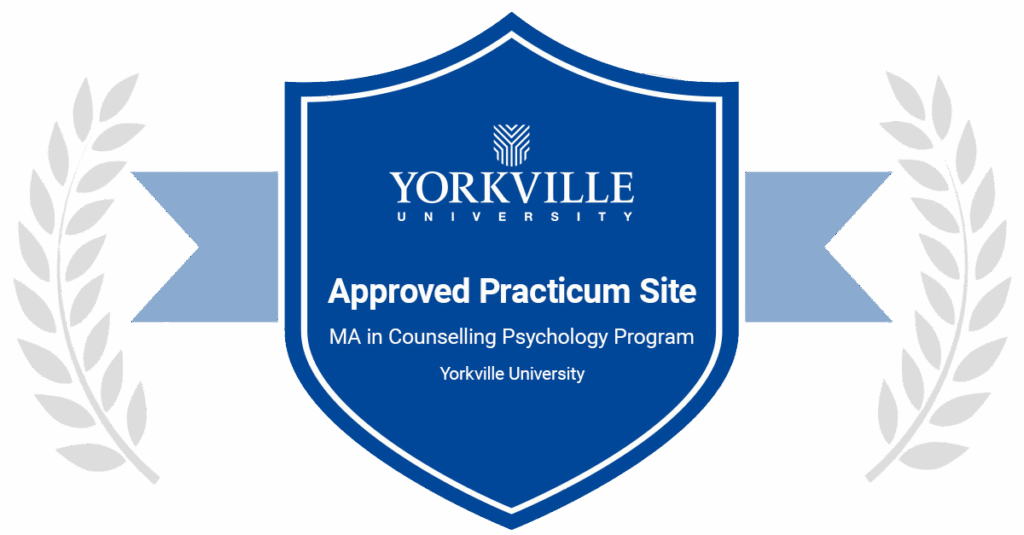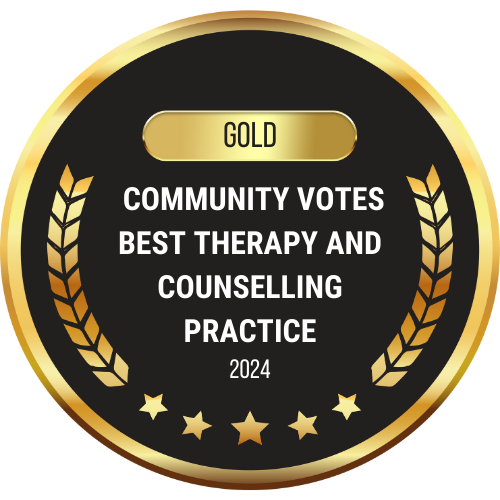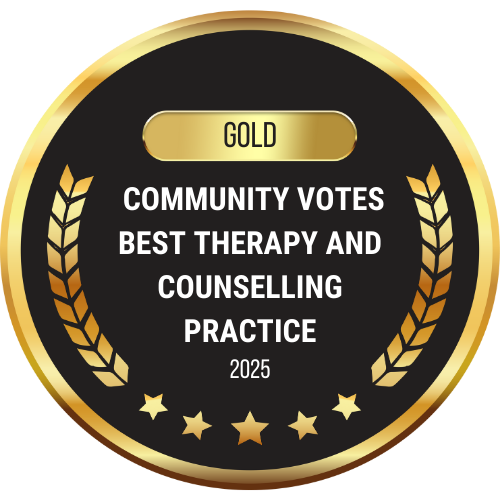You have likely felt symptoms of anxiety throughout difficult periods of life. Anxiety is one of the most common mental illnesses in Canada. Anxiety affects approximately 1/5 people throughout their lifetime.
You know what anxiety is, but do you know why you experience it? From an evolutionarily perspective, anxiety kept our ancestors alive. Anxiety alerted people to potential danger and prepared them to react (fight or flight). However, times have changed, and we no longer have to worry about T-Rex’s hiding in the bushes – but our brains don’t know this.
When the brain receives a “danger” signal, it automatically activates several areas, including the amygdala, hypothalamus, thalamus, hippocampus, and cortical regions. In addition, our sympathetic nervous system goes on high alert, signalling our adrenal glands to produce cortisol, adrenaline, and noradrenaline, preparing us to respond physically.
People with anxiety disorders frequently interpret benign situations as threatening (ex., a job evaluation or going on a date), resulting in symptoms like an increased heart rate, increased respiration, sweating, flushing, nausea, shaking, trembling, gastrointestinal problems, problems concentrating and sleeping.
So, what can we do about it? There are many forms of therapy to resolve it, Cognitive Behavioural Therapy (CBT) being the gold standard treatment. The cognitive model of anxiety purports it is not the situation that causes distress but one’s interpretation of it. A skilled therapist can help you learn, identify, and restructure maladaptive thoughts to reduce anxiety. A therapist can also work with you to develop coping skills to reduce sympathetic nervous system arousal, reducing physiological symptomology.












